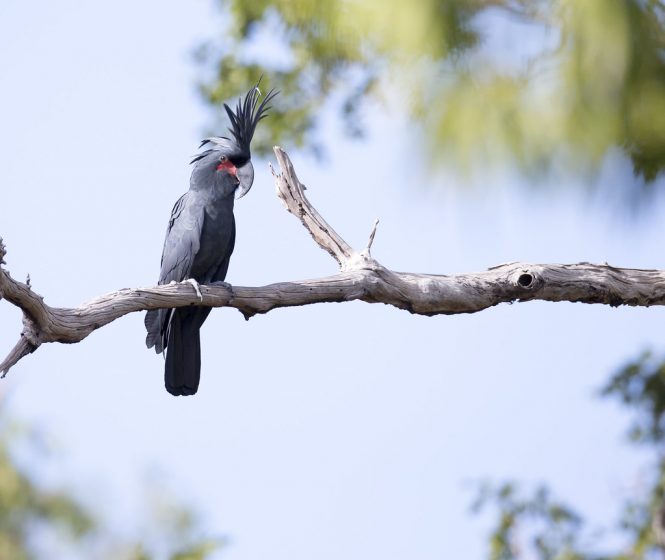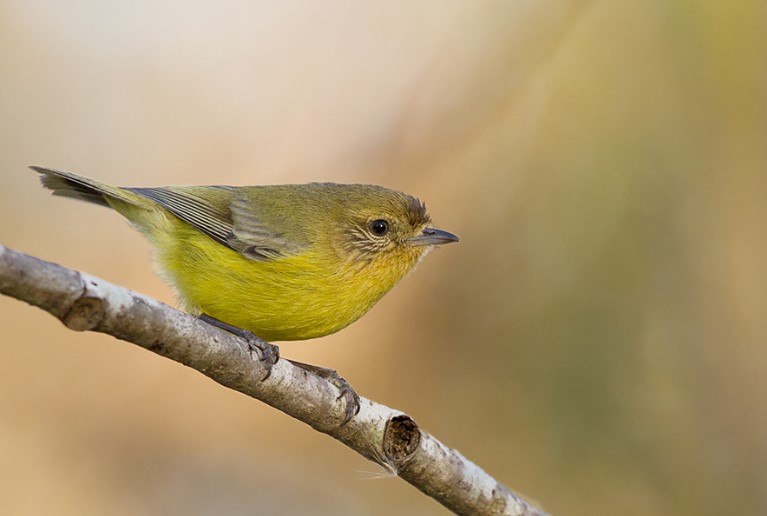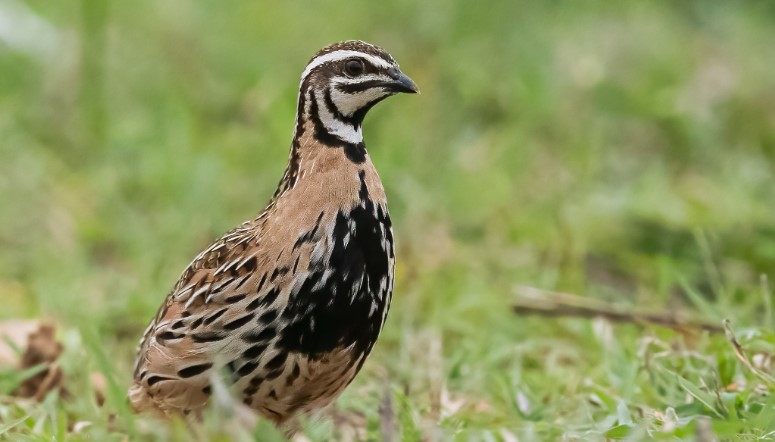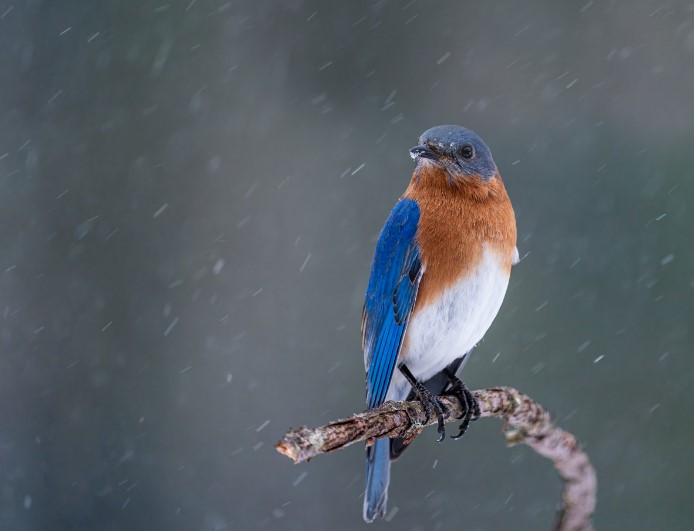The majesty of the Palm Cockatoo (Probosciger aterrimus) can be appreciated only by watching the bird in the wild. Its great size, black plumage, and stunning crest make it very conspicuous, and it is easy to locate by its piercing call notes. The Palm Cockatoo is usually seen singly, in pairs, or in small parties, perching at the top of tall trees or flying just above the rainforest canopy.
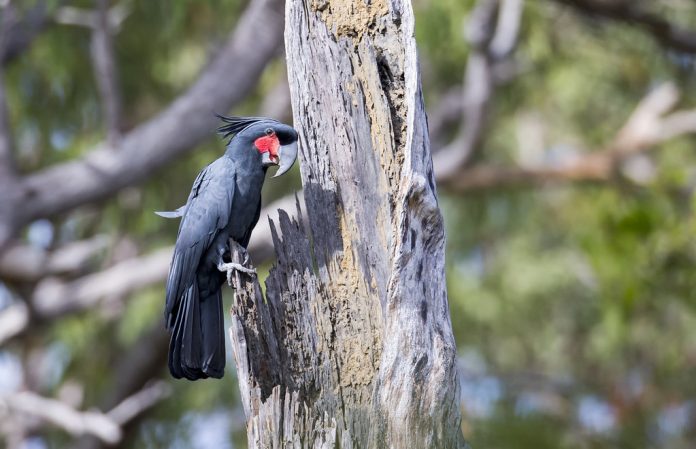
In Australia, Palm Cockatoos are confined to the tip of the Cape York Peninsula. Rainforest is the indispensable element of their habitat, for they are never found far from it and drop out as soon as it is replaced by widespread tracts of eucalypts.
The birds roost singly on the topmost branches of tall trees-nearly always among dead or leafless branches of trees growing at the edge of the rainforest. They stir only after sunrise when they spend some time preening before moving off, dusting their plumage with powder down from feathers at the base of the tail.
The powder imparts a slaty cast to their very dark gray or black plumage. Palm Cockatoos look heavy in flight with their slow, full-wing beats. When coming to light, they glide straight into a tree and do not spiral down from above, as do many other cockatoos.
During the flight, the bill is pressed to the breast at all times but cannot be closed because of the angling of the jaws, itself an adaptation to feeding. Up to seven birds often congregate in a large tree in the morning and indulge in a variety of elaborate displays before flying to the feeding trees in open woodland or along the rainforest edges.
Accompanied by the shrill-whistled contact call, displaying birds on their perches commonly lunge forward, tail up, head down, wings spread, and crest erect. After feeding they return to their roost trees in the late afternoon. The diet of Palm Cockatoos is made up of seeds, nuts, leaf buds, and fruit including berries. These they take mostly in the crowns of trees, only rarely coming to the ground to harvest seeds from fallen fruit.
To extract seeds, the cockatoo shifts the fruit from the left foot to the bill, anchors it in the notches of its upper mandible, and then turns it around with its tongue while using its sharply honed lower mandible to peel off or cut through the coat. The huge bill has jaw muscles to match and can exert tremendous force.
The birds nest in a tree hollow and line the bottom with twigs. These are chewed into short splinters and dropped into the hollow, where they accumulate to form a porous platform. The layer varies from a few centimeters up to a meter or deeper. Only the female incubates the single egg.
After leaving the nest, the young bird is fed by both parents for a further six or so weeks. The bird is also known as Great Black Cockatoo, Goliath Cockatoo. The size of the Palm Cockatoo is about 550-580 mm in length, including a broadly rounded tail. ADULTS: Both sexes are alike, but the male is a little larger with the elongated bill.
The general plumage is very dark gray or black. Forehead and lores jet black; cere feathered; naked cheek patches crimson; bare thighs blue-grey. Their eyes are dark brown; while the eye-ring is gray. Bill is gray-black; exposed gape red; tongue red with black tip. Their feet and toes are grey.
The immature as adults, feathers of underwing coverts and underparts are flecked with pale yellow; culmen and tips of both mandibles white; eye-ring whitish. The downy young are Gray-downed, pale-billed. Palm Cockatoo’s normal contact call consists of a two-syllable whistle, first syllable mellow and deep, second shrill and high-pitched, prolonged and ending with an abrupt upward inflection. When alarmed, birds give a sharp, guttural screech.
Other calls are a deep monosyllabic whistle, repeated three or four times, and a mournful, drawn-out wailing cry. The nesting and breeding seasons usually start in October-November. Palm Cockatoo is known for best talking bird, like human-like sound, Hello. The cockatoo builds the nest in a tree hollow, usually in the trunk, lined with a layer of splintered twigs.
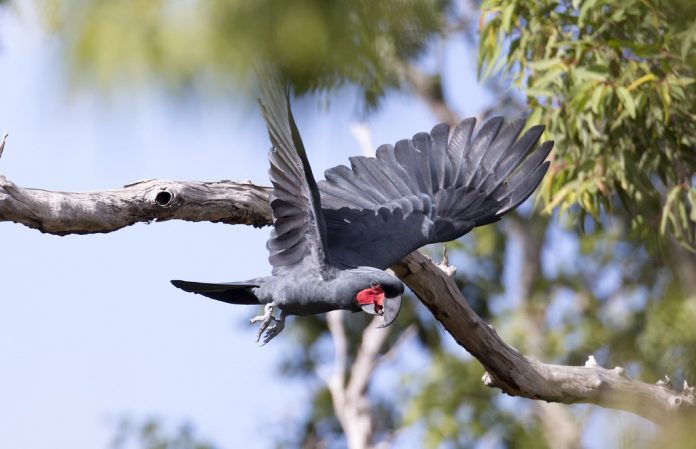
There is one; dull white; egg with ellipsoidal, 45-50 x 35-40 mm. However, the incubation period is 32-35 days, for females. Thus, the young fledge in 14-16 weeks. The distribution of Palm Cockatoo is the Cape York Peninsula, from the northern end of Princess Charlotte Bay on the east coast and to Archer River on the west coast.
A small race with broad crest feathers, also in Aru Islands and adjacent TransFly of southern New Guinea. One of the other larger and thinner crested races in the lowland New Guinea. It is one of the most expensive cockatoos in the world, reaching USD 15,000 value.
Related Reading – Mulga Parrot

